About 20 years ago, Diego Calderón Franco was birding with a scientist colleague and local guide in Colombia’s Perijá Mountains, north of Medellin. The biology student at the University of Antioquia was no stranger to the dangers of the rugged “red” zones lining the eastern Andes near the Venezuelan border. The spectacular montane forest, with birds to match, was controlled by the Revolutionary Armed Forces of Colombia—better known as FARC. Colombia’s largest rebel group of guerillas launched in the 60s as a communist rural defense force with an estimated 10,000 armed soldiers.
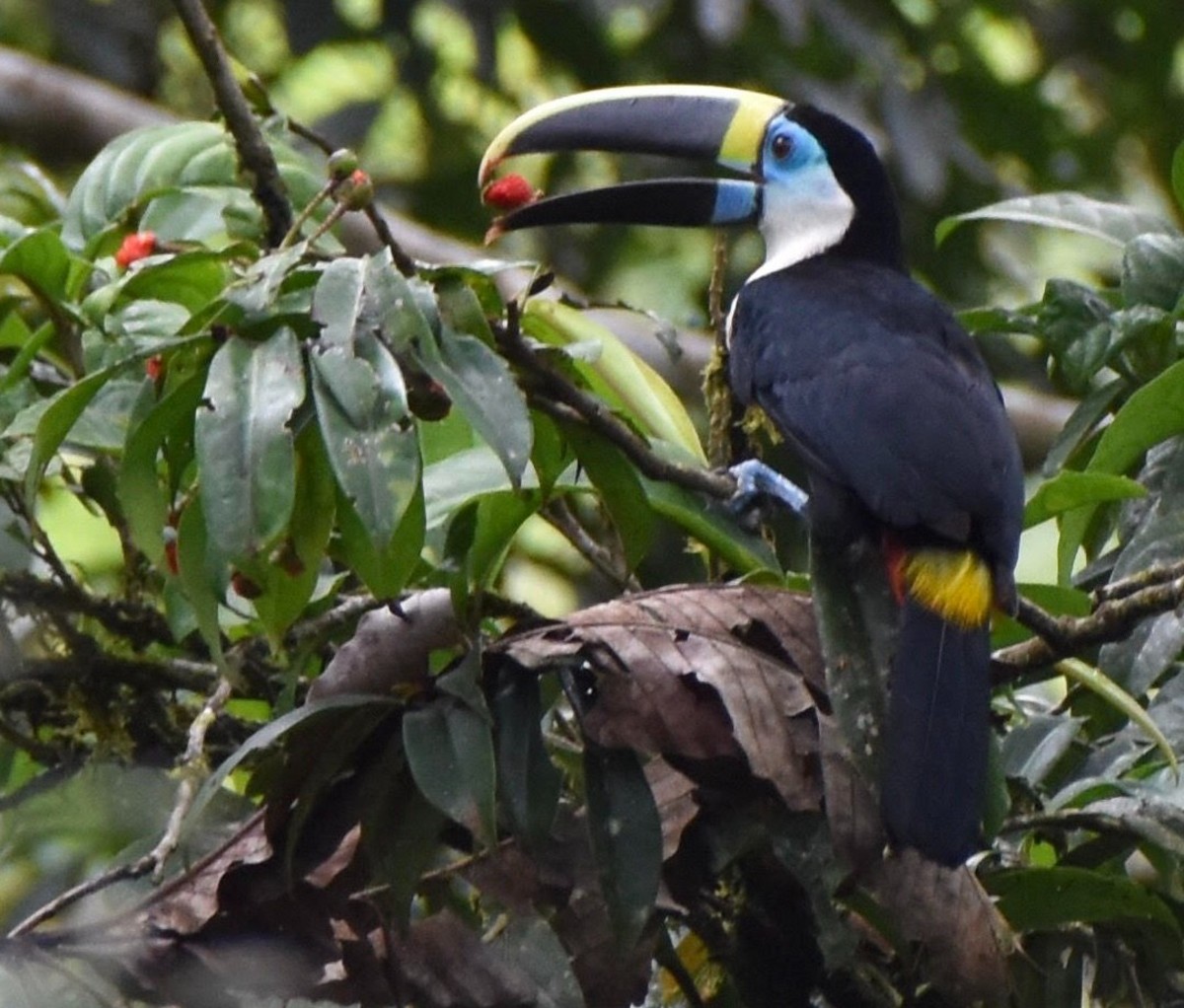
“The political system of military, paramilitary, drug cartels, and guerillas created a unique landscape we all had to negotiate,” says Calderón, whose father had been kidnapped by Popular Liberation Army (EPL) guerillas, another group, back in the 90s.
Calderón was travel savvy in these dicey parts. All the usual precautions had been taken.
“We were in touch with the locals and double-checked it was okay for a birding expedition, he says. “We’d been stopped by guerillas and paramilitary groups before. They always let us through when we explained our objective.”
This time they didn’t. Confronted by guerrillas who mistook their birding tackle for government paramilitary gear, Calderón and his group were kidnapped, marched deep into the jungle, and held as “army intelligence” hostages with virtually zero interaction with their captors.
“Enrollment in a guerilla group is for life,” explains Calderón, “so the leaders didn’t want hostages talking about options with young combatants who might have found living in the jungle and fighting not to their taste.”
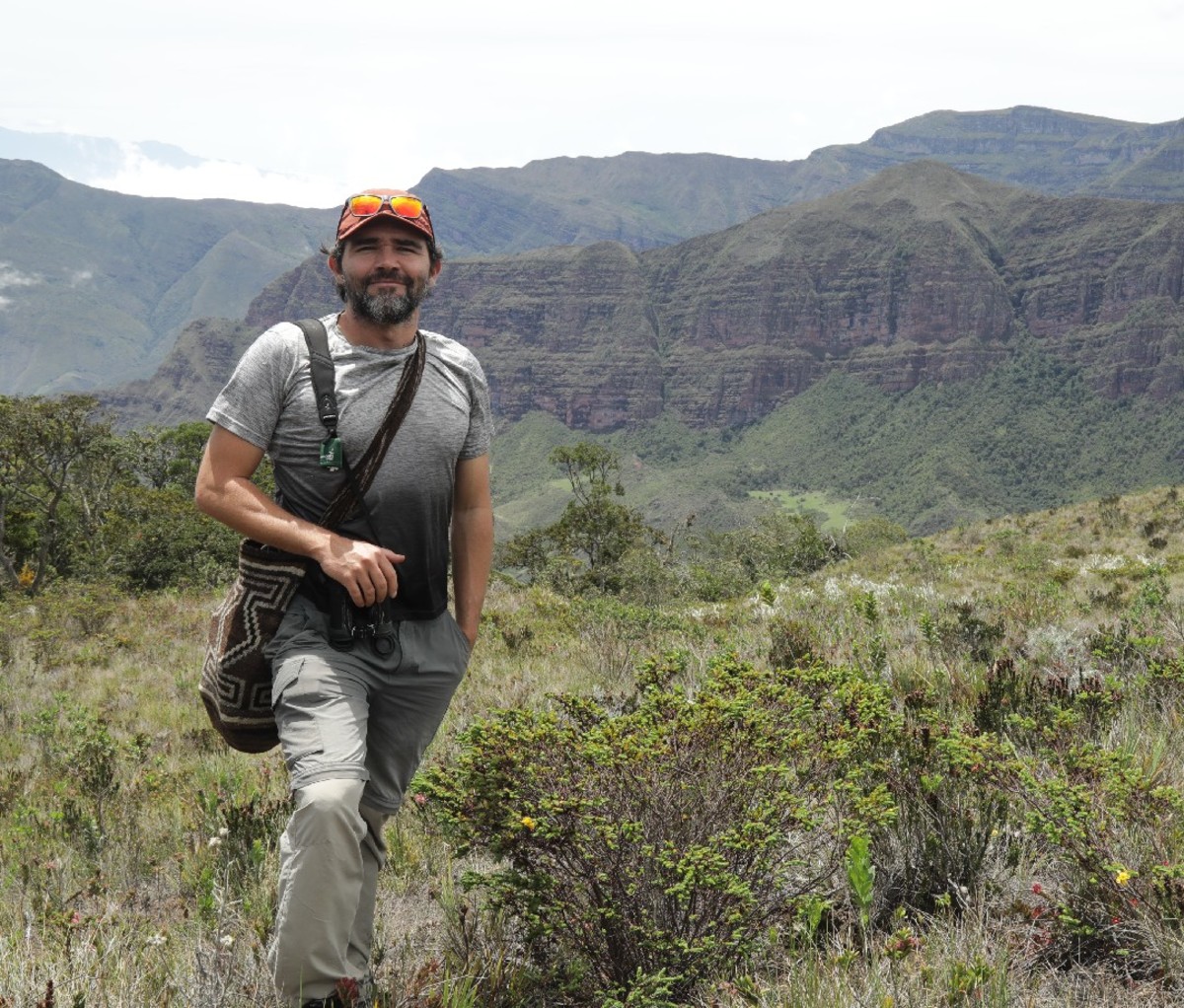
Ransom negotiations dragged on, despite guerillas acknowledging that Calderón’s group was academic, not military. At some point, an outcry from the international birding community happened. Hundreds of Birders for Freedom rallies—in the U.S., Canada, Ecuador, Spain, etc.—took to the streets with signs and binoculars demanding Calderón’s release.
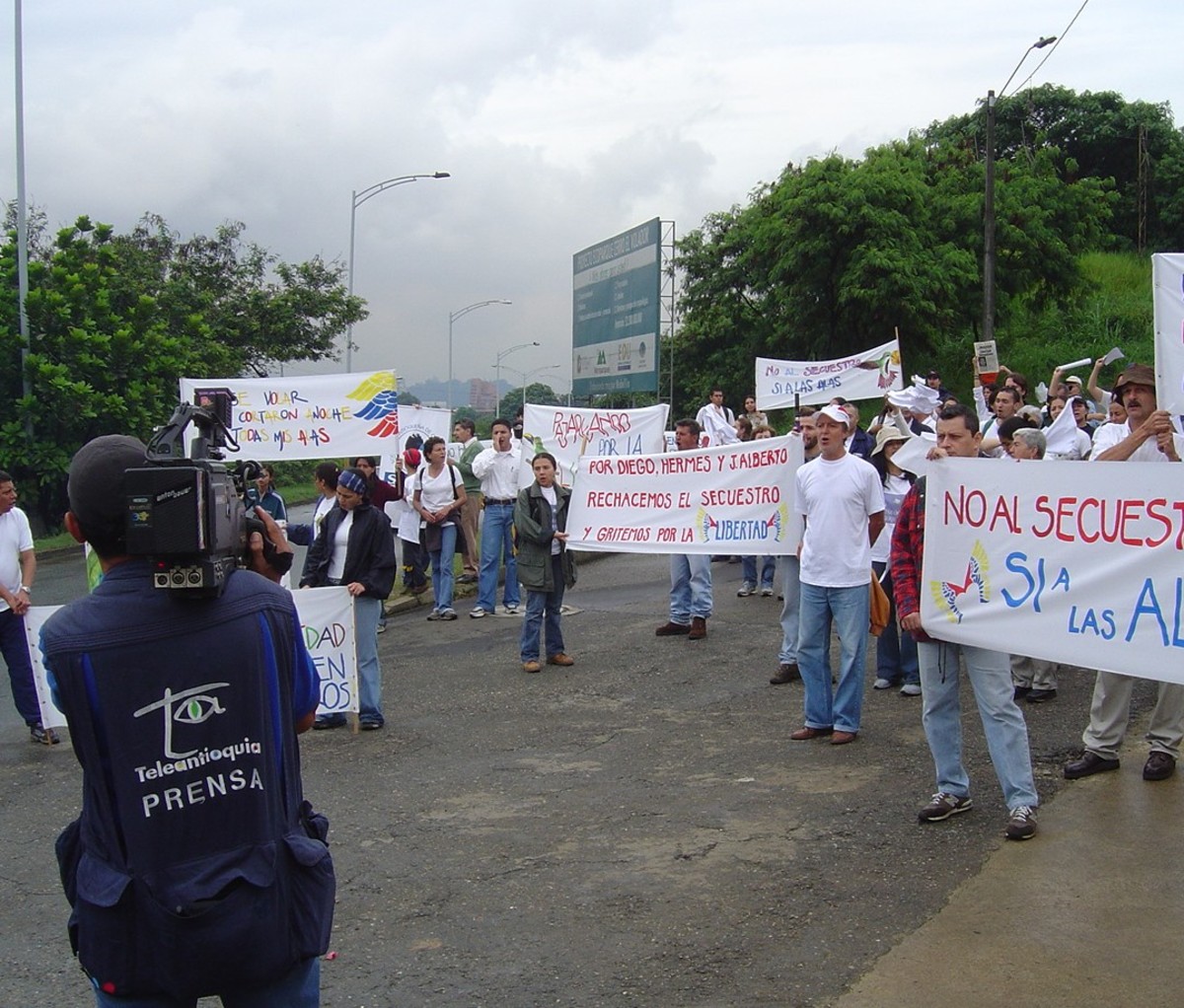
After 88 days, and a month after his colleagues had been released, the kidnapped birder was set free with no explanation. A young guerilla named Omar would escort him on a two-day mule trip out of the jungle to freedom.
Cut to 2019… In the wake of a hard-won 2016 Colombian Peace Accord between the government and FARC aiming to chart a path to unification and bring former rebel fighters back into society, Calderón would come face to face with his jungle rebel escort Omar again for the first time since that whole ordeal.
It would be under very different circumstances.
The two would meet in a FARC relocation center near where Calderón was now helping to retrain former combatants as birding guides. That’s right. The former hostage was happily leading his ex-kidnappers back into peaceful society through avian tourism.
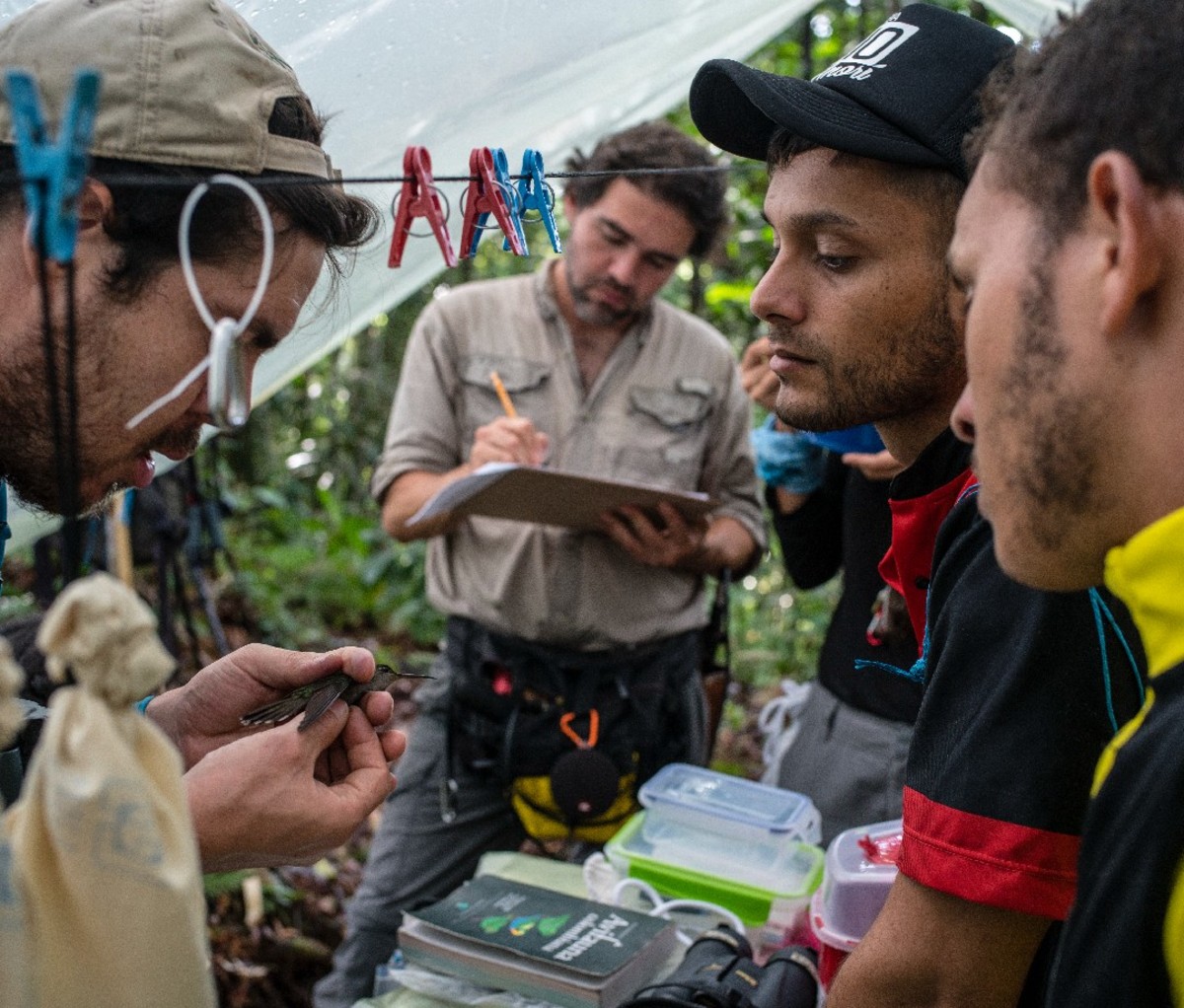
“They were incredulous that a former hostage wanted to work with them,” says Calderón. “But I was eager to use my experience as a birding guide to further the peace process. And these former combatants were just as enthusiastic to be working with us to explore and understand the biological treasures in these old red zones.”
Green Is the New Red
Surprisingly (but maybe it shouldn’t be), guiding has become a significant path of re-entry, peace and social stability in Colombia—a country reemerging from a half-century of conflict between leftist guerilla groups, paramilitary organizations, drug cartels, and the Colombian army, with all the violence, kidnapping, drug trafficking and assassinations that go with it.
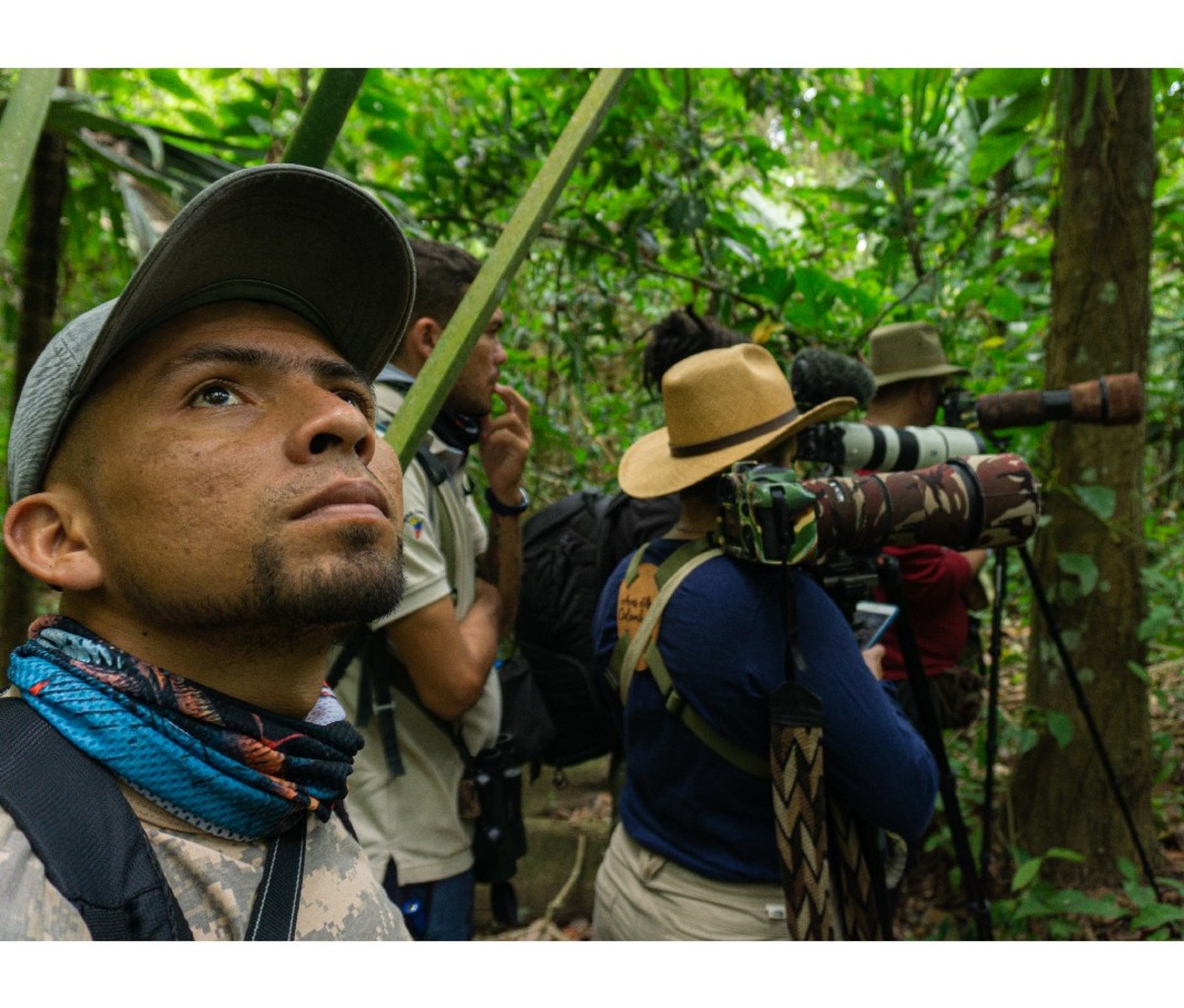
Colombia’s legacy of class struggle, resistance, and violence actually stretches back to the original Spanish conquest of the Americas—its indigenous groups combating invaders with unorthodox, “guerilla” methods in the name of religious, political, or socio-economic freedom. In the 1940s, the struggle focused on battles between Colombia’s Liberal and Conservative parties, and government efforts to claim rural lands. By the 1960s, FARC (organized primarily for rural defense against the military) and other guerilla organizations—including ELN, EPL, and later, M-19—would form 100 “fronts” across a country nearly double the size of Texas. The 1970s would only complicate matters when drug cartels began working with guerillas in a devil’s bargain—forcing poor rural families to take sides.
The conflict between military, paramilitary, cartels, and guerillas is estimated to have killed more than 260,000 people, with tens of thousands missing, and more than seven million displaced. While there are still “no-travel” or “red” zones that remain off-limits due to potential violence (mainly near the borders of Panama, Ecuador, and Venezuela), the brighter news these days is that much of Colombia is now open for adventure tourism—as in the safer kind.
“Colombia has undergone a profound transformation in the last decade and there’s no doubt tourism has played a key role in this metamorphosis—since it has the power to redefine our violent past and approach history in an educational and transformative direction,” says Gilberto Salcedo, tourism vice-president of ProColombia, the agency wing of the Ministry of Trade, Industry, and Tourism.
The timing for solidifying Colombia’s tourism industry couldn’t be more perfect, adds Salcedo.
“We have the air of connectivity back on track. We’re being recognized as a world-renowned destination by organizations like the World Tourism Awards. And we’re excited to share one of the world’s most biodiverse countries with globetrotters seeking a wealth of meaningful, natural travel experiences.”
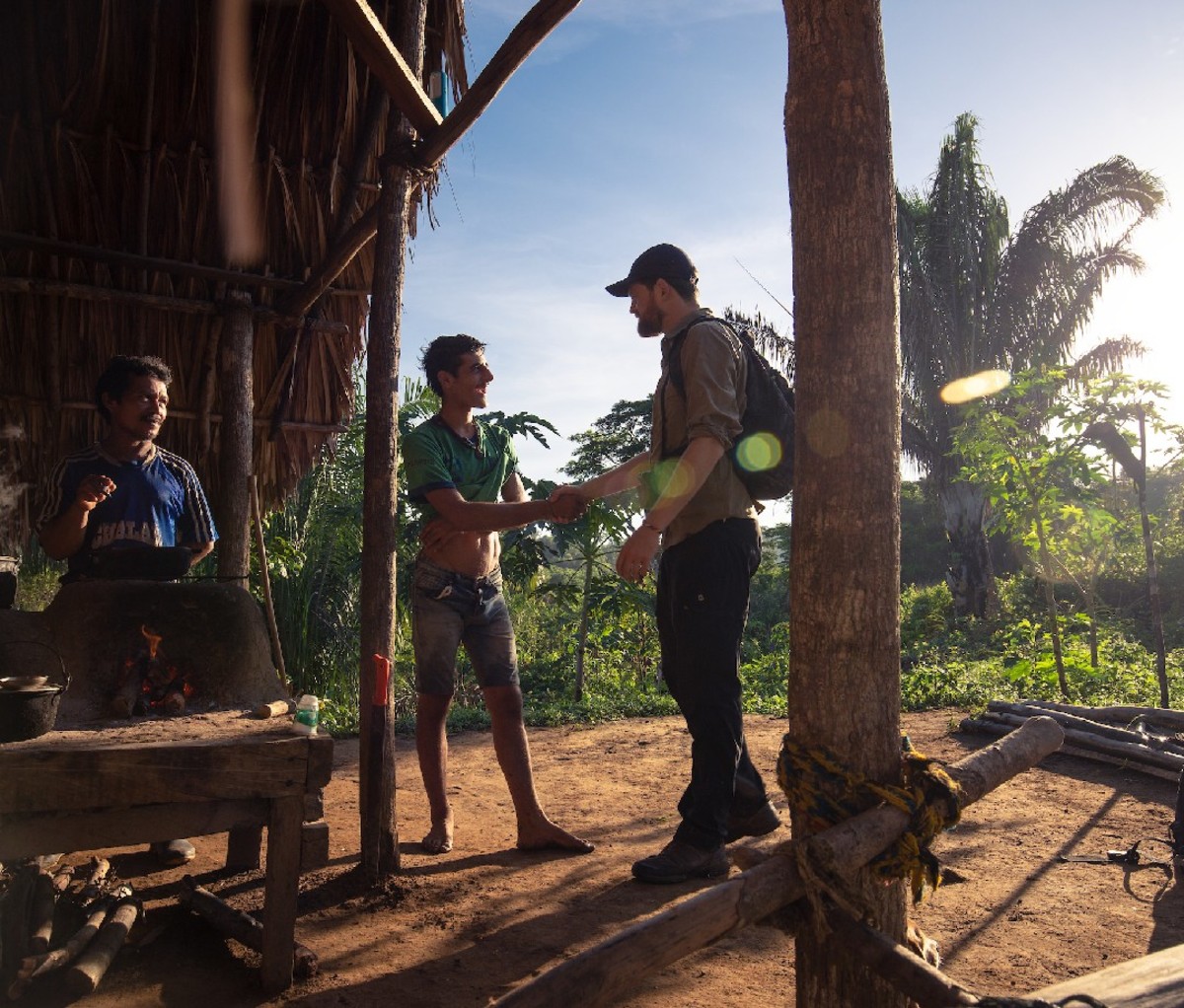
The Peace Accord has since moved thousands of men, women, and children from jungle camps into reintegration communities. In turn, the combatants have relinquished regional control. The first non-military groups to venture into these former “red zones” have been biologists—reentering the heartland of the world’s most bio-diverse country, rich with rivers, rainforest, mountains, more than 2,000 species of birds, 4,000 types of orchids, world-class hiking, endless cliffs for climbing, bike-friendly backroads, and three distinct coasts framing the Andes mountains and Amazon rainforest.
What those biologists discovered hiding inside all of that was no less than a bio-diversity miracle: decades of guerilla occupation helping to preserve some of Colombia’s greatest natural landscapes.
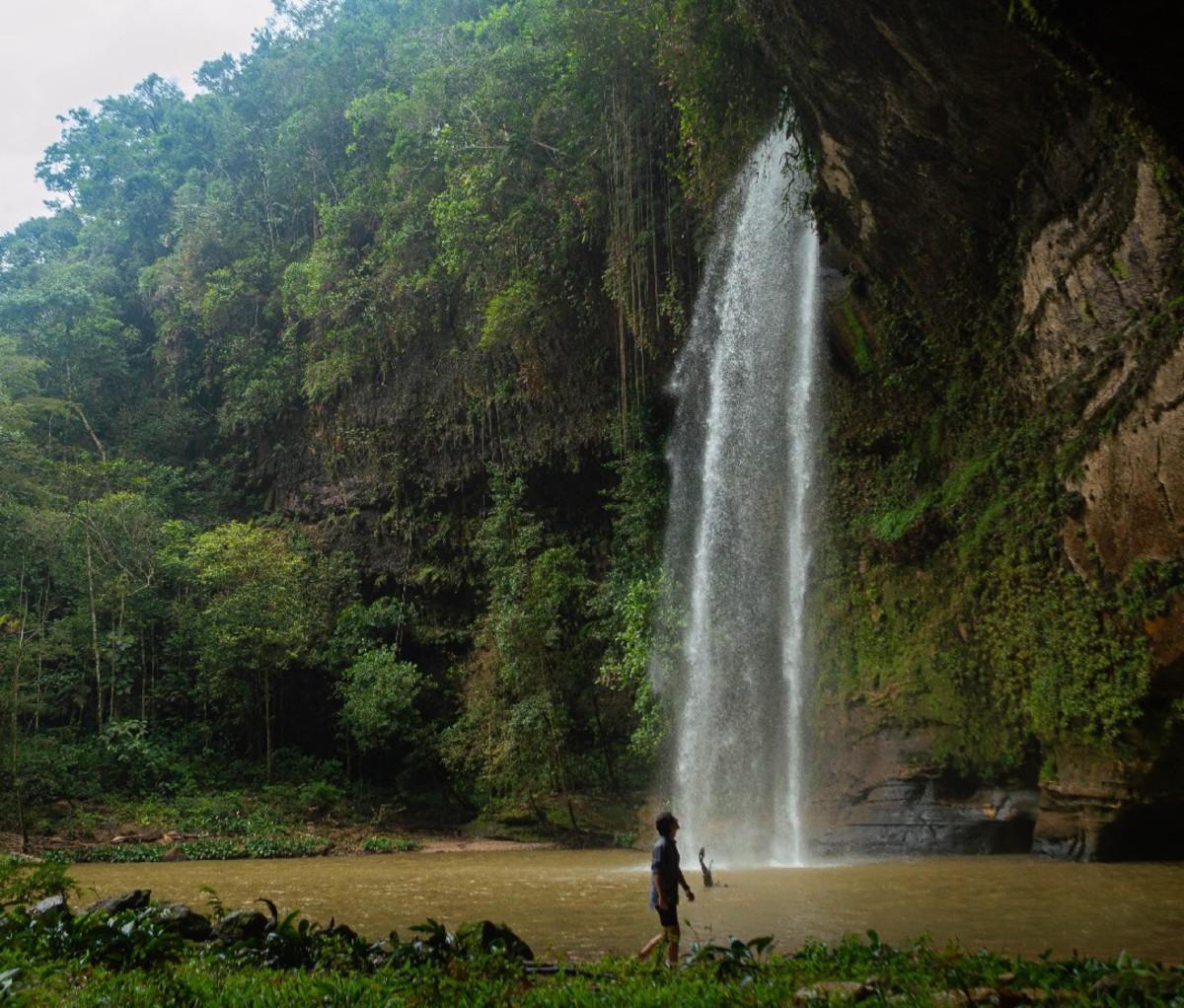
Starting in 2018, scientists and biologists began working with former combatants to explore these treasures. No surprise, Colombian tourism has sprouted and begun flourishing because many of these spectacular sites are now safe for travel.
But here’s the kicker: One objective of the Peace Accord has been to retrain former combatants for jobs that don’t involve drugs, kidnapping, and violence. The obvious vocation: guiding. Exchanging guns for binoculars, paddles, hiking poles, climbing ropes, and bicycles. Because they have a thorough knowledge of the lush backcountry, guerillas-turned-guides are reframing Colombia into one of the world’s most exciting ‘new’ ecotourism destinations.
“The greatest strength of former combatants as tourist guides is their ability to survive in the jungle,” says David Londoño Mejia, co-founder of Awake Travel, one of several emerging outfitters in the Colombian ecotourism trade. “They know plants, animals, and places few have been able to visit.”
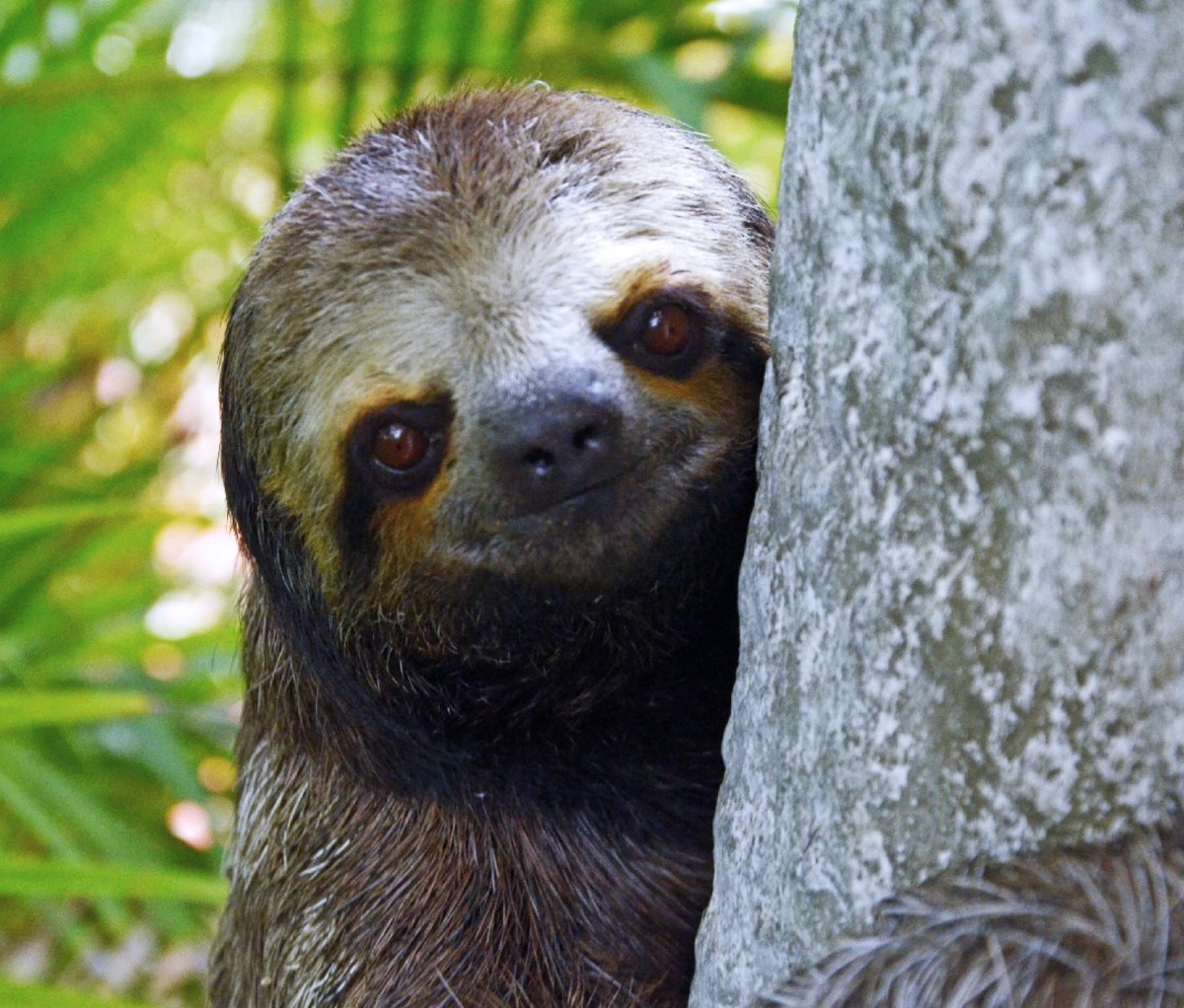
“If I never go to Medellin because it was formerly a no-go area, or if I fear its unarmed civilians who are no longer in guerilla mode, I’ll never be able to make peace as a Colombian,” says Marcelo Jaramillo Ramírez, owner of GoExplore Colombia, which offers adventure travel and cultural tours to both traditional and non-traditional destinations across Colombia. “But if I see that they’re fellow Colombians, just with a different history and perspective, everything opens up. Tourism is a tool to bring Colombians together.”
Brendan Hanrahan, an Awake Travel trip organizer who’s explored many of these former verboten areas, doesn’t mince his words for future ecotourism visitors: “You are going somewhere more beautiful than anywhere you’ve ever been.”
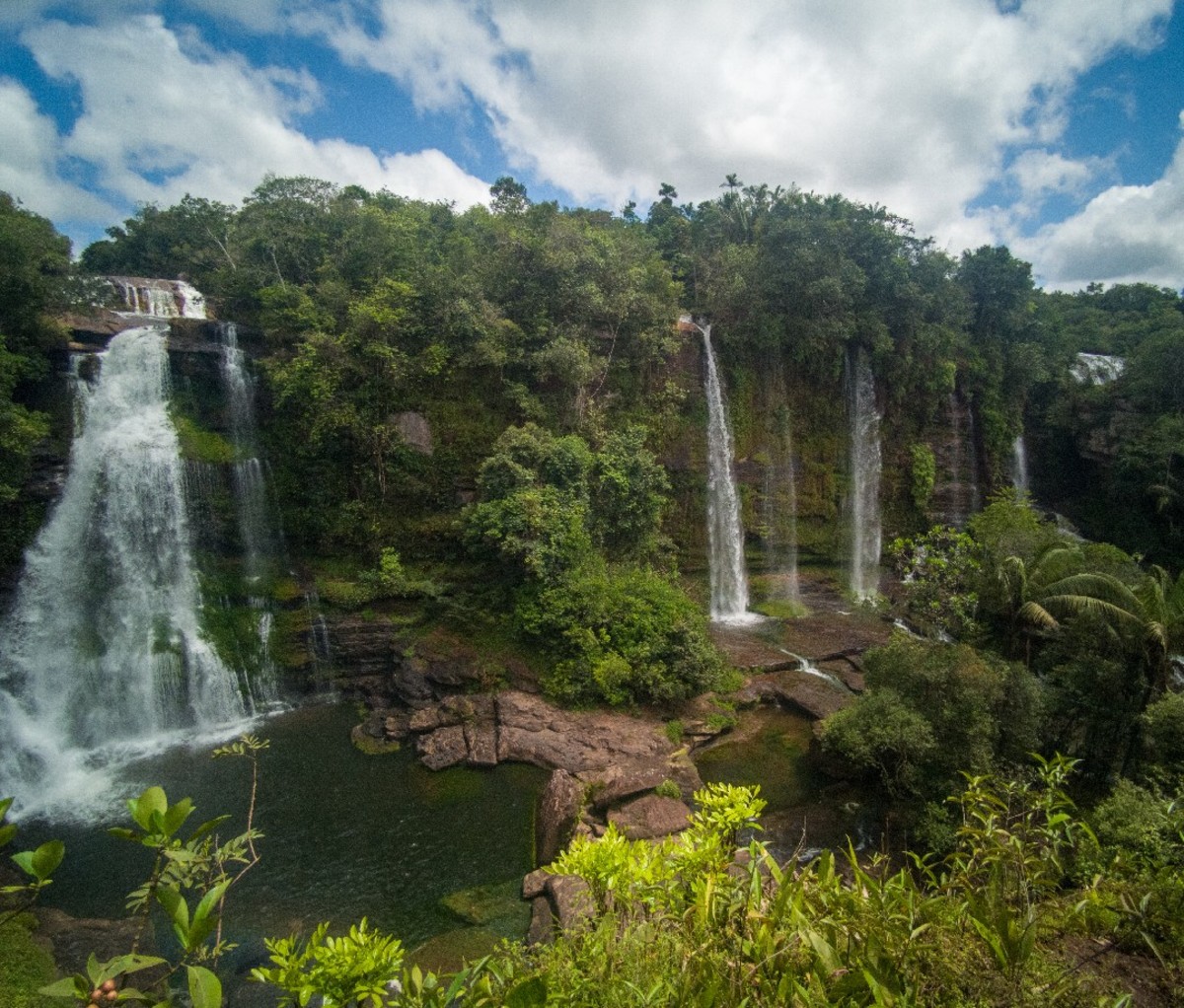
Is there a complex history beneath this wild new welcome mat? We’re talking about Colombia here, so yeah. But the narrative is clearly changing, including the latest plot twist. That would be Colombia’s newly elected president, Gustavo Petro, a former M-19 guerilla who’d done 18 months in prison on arms charges.
Running on a platform to peacefully undercut the drug trade and forge a disarmament agreement with Colombia’s last major guerilla group, ELN, President Petro is a strong supporter of repatriating former combatants—and ecotoursim. For Colombia, Petro’s promise may mean parallel paths to peace and the protection of its natural spaces.
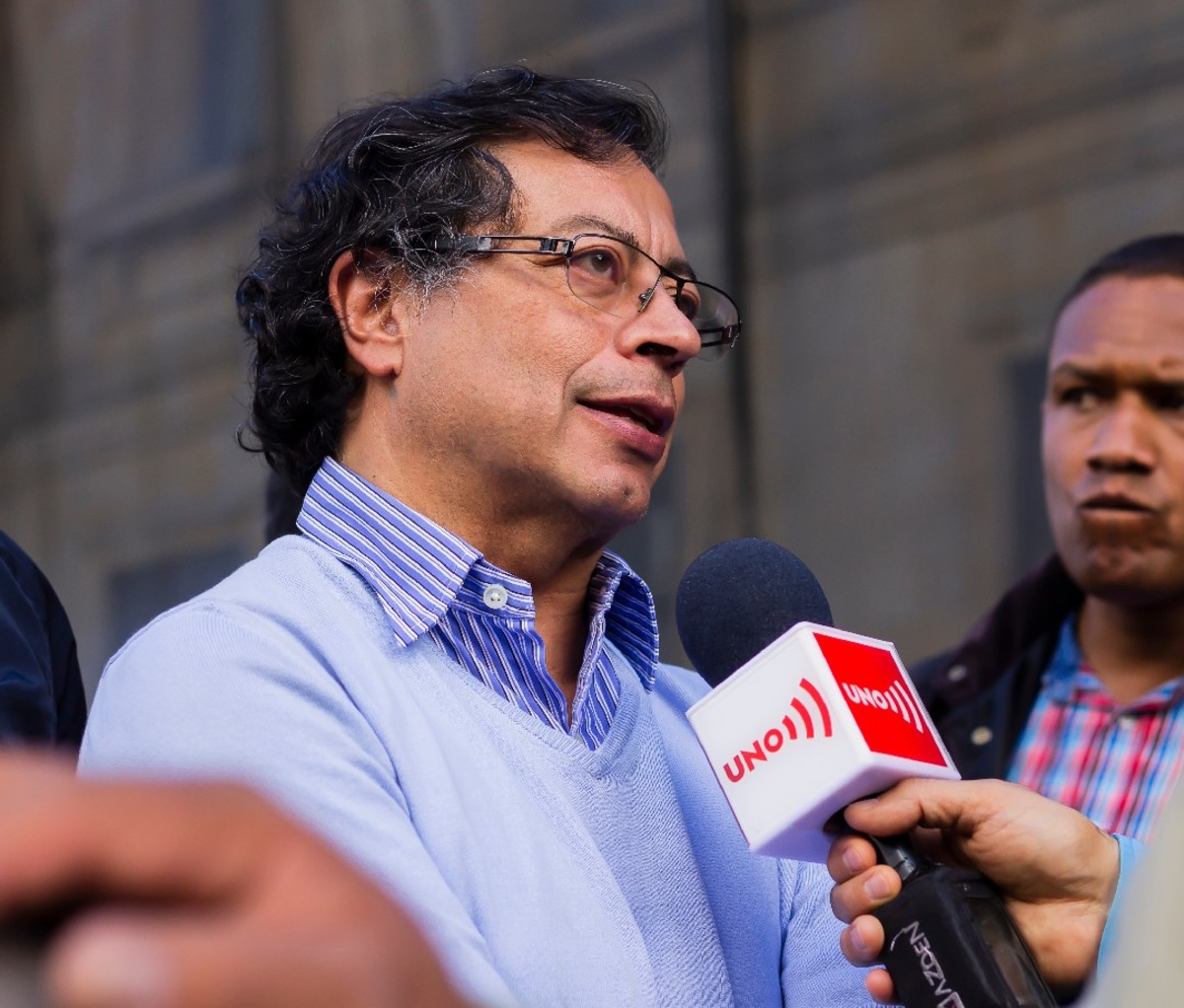
“Visitors will learn there’s a happy ending to the story here,” adds Awake Travel’s Hanrahan. “Peace has returned and people just want to make an honest living and support their families. You’re getting tour guides who live in the jungles and know all about the birds, animals and plants. It’s inside information you won’t be getting anywhere else.”
How much money is Colombia’s tourism boost expected to bring to the country in what Salcedo calls the industry’s post-pandemic era. “In 2021, the tourism sector registered US$3.1 billion,” he says. According to ProColombia, that represents a growth of nearly 60% compared to the year before, surpassing staple coffee exports. “Our main purpose is to make tourism an even more important player in the national economy,” Salcedo adds.
Freebirds
In 2007, Diego Calderón Franco—our kidnapped birder—started COLOMBIA Birding, one of the country’s first bird-watching tourism agencies. Dedicating himself to exploring Colombia and discovering new and lost species, he was invited by Expedition Bio Anorí, a scientific reintegration initiative joining scientists with former combatants-turned-research assistants,
to return to FARC territory on a 2018 scientific mission to Anorí—home to more than 200 square miles of some of the world’s richest tropical rainforests off-limits to everyone except FARC.
Calderón jumped at the chance. The expedition included demobilized guerillas, locals who’d been caught up in the conflict, university researchers, and UN peacekeepers. It was the first time Calderón had interacted with former FARC combatants since he’d been taken hostage. And it happened less than a hundred miles from Medellín—the once-notorious cocaine hub that has more recently been inspiring travel headlines like “How Medellín went from murder capital to hipster holiday destination.”
In 2019, Calderón was invited to Tierra Grata, the Territorial Space for Training and Reintegration (ETCR) at the base of the Perijá mountains of northern Colombia where he’d been kidnapped. Surrounded by lowland dry forest, the camp is home to more than 300 ex-FARC members and their families. It was at Tierra Grata where Calderón reconnected with his old captors and found an avid interest among them in bird guiding.

“Training guides to build birding tourism is a way I can help—especially with ex-combatants from indigenous communities,” says Calderón. “They’re taught everything from English classes to photography, from bird identification and songs to how to handle groups.”
In the company of these former guerillas, Calderón has explored remote sites such as the hard-to-reach mountains of northern Antioquia and Tolima, and found new species in the Serranía de Pirre in Darién, the lowlands and highlands of Putumayo, the mountains of the Serranía de Perijá, and the Guyanese white-sand forests in Mitú.
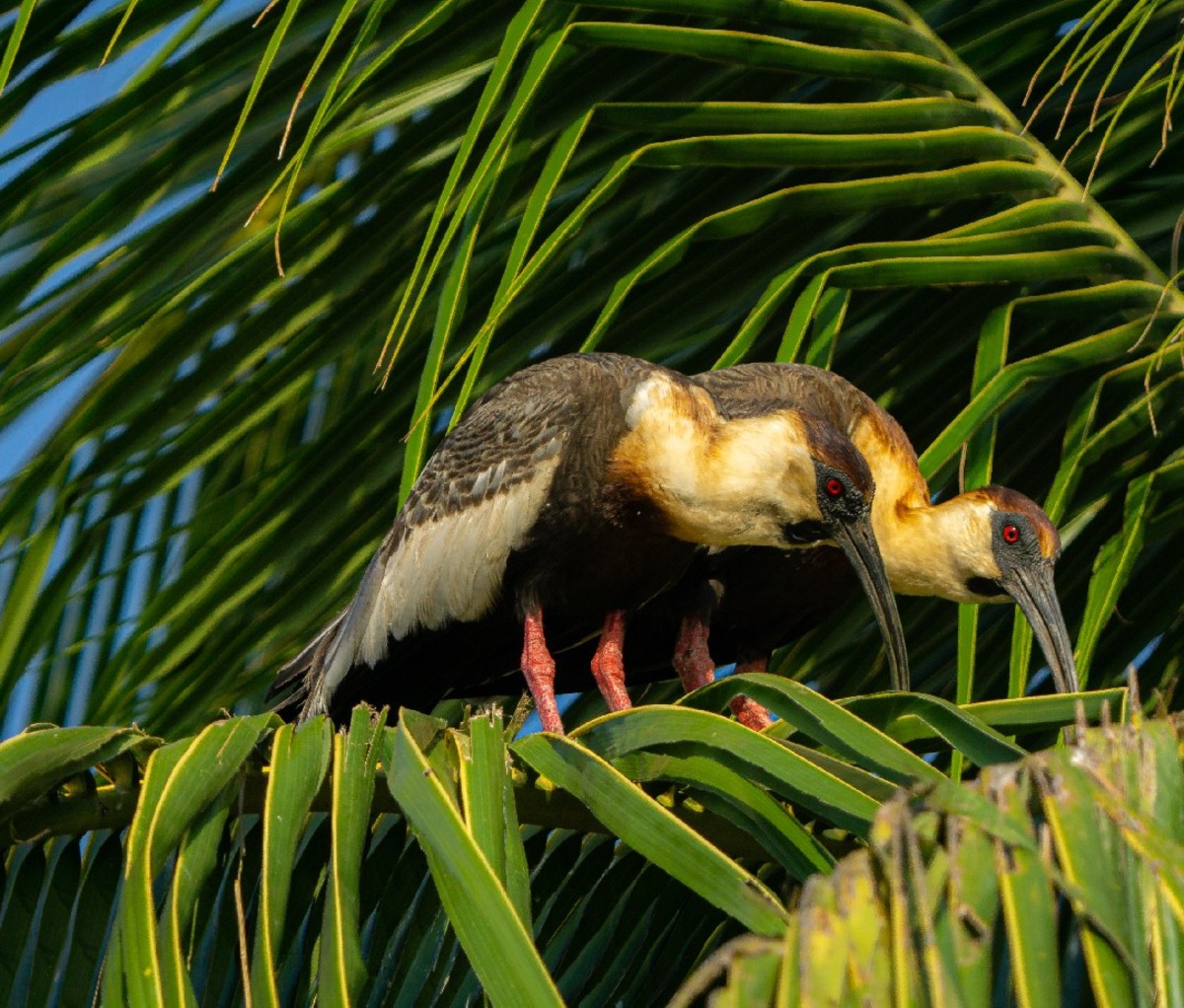
“Of all the former red-zone places, Putumayo is my favorite,” he says, of the legendary Amazon and Andean area bordering Ecuador. “It used to be unexplored and full of trouble. But since the Peace Accord, it’s now quite safe and open to tourism. Anytime I go to Putumayo, I feel like I’m experiencing a new Colombia.”
One of the ex-combatants whom Calderón befriended at the Tierra Grata camp is Marcos De La Oz, an ex-member of FARC’s 41st Front, the group that had taken the ornithologist hostage. Like most former combatants, De La Oz arrived at the camp in his FARC camos with a rifle slung over his shoulder. His backstory doesn’t exactly scream “future ecotourism specialist,” and yet…
De La Oz had joined FARC when he was a university student in a town on Colombia’s Caribbean coast still populated by ELN fighters. He was part of an underground communist party aligned with FARC Marxist-Leninist philosophy and Bolivarian sentiments. He was also a philosophy major who sold fruits at a corner stand with his father, while supporting his own three-month-old daughter as a single parent.
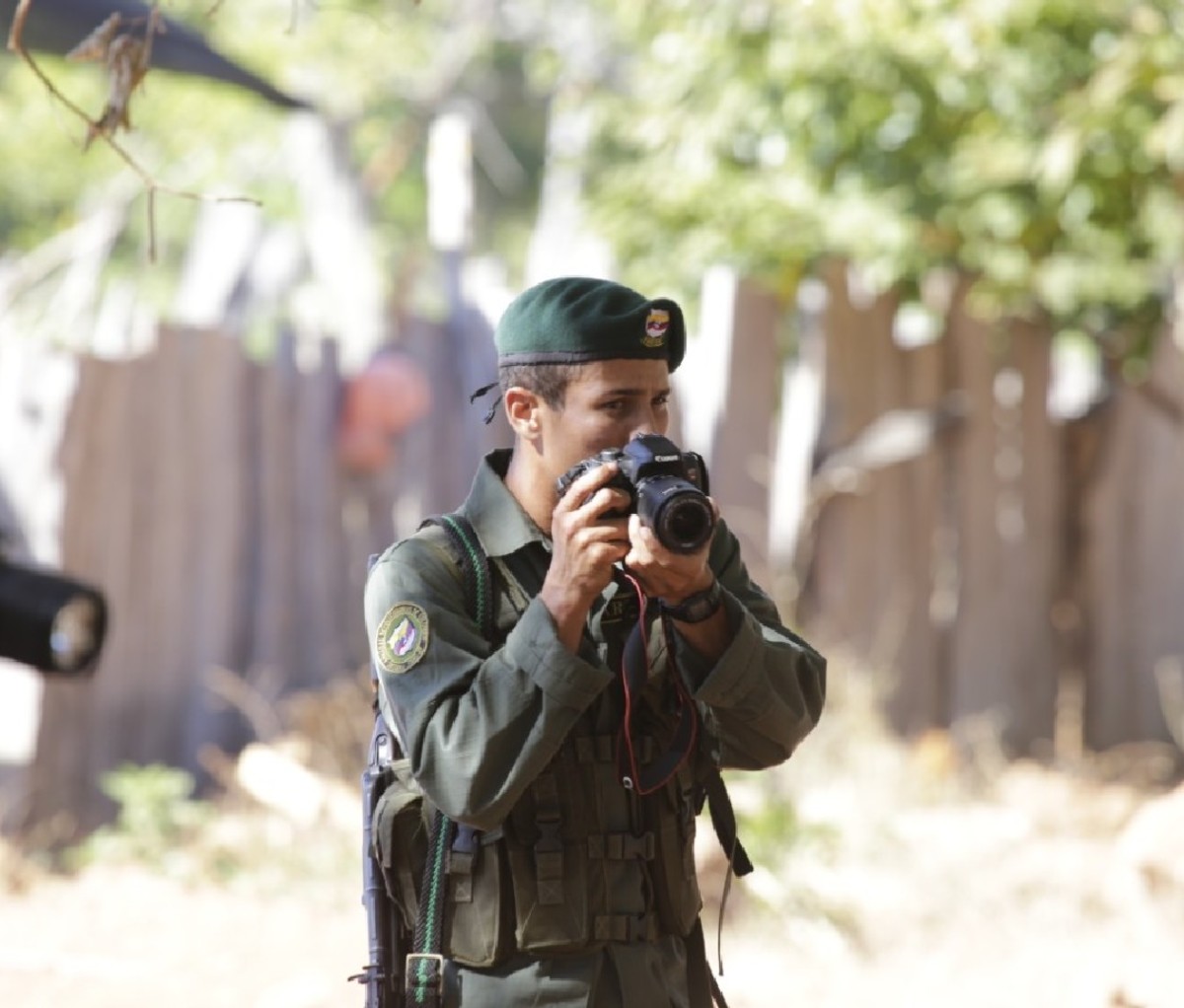
Raised in poverty, De La Oz loved photography as a youth. “I couldn’t afford good photographic gear but still took pictures when I could,” he says. “After the Peace Accord, I was one of the few ex-combatants who knew about photography.”
Documenting the daily life of the Tierra Grata camp, De La Oz has worked as a photographer and birding/hiking guide at the camp for six years. “The chance to share our natural wonders has changed my life,” he says “As an ex-combatant, ecotourism now means everything.”
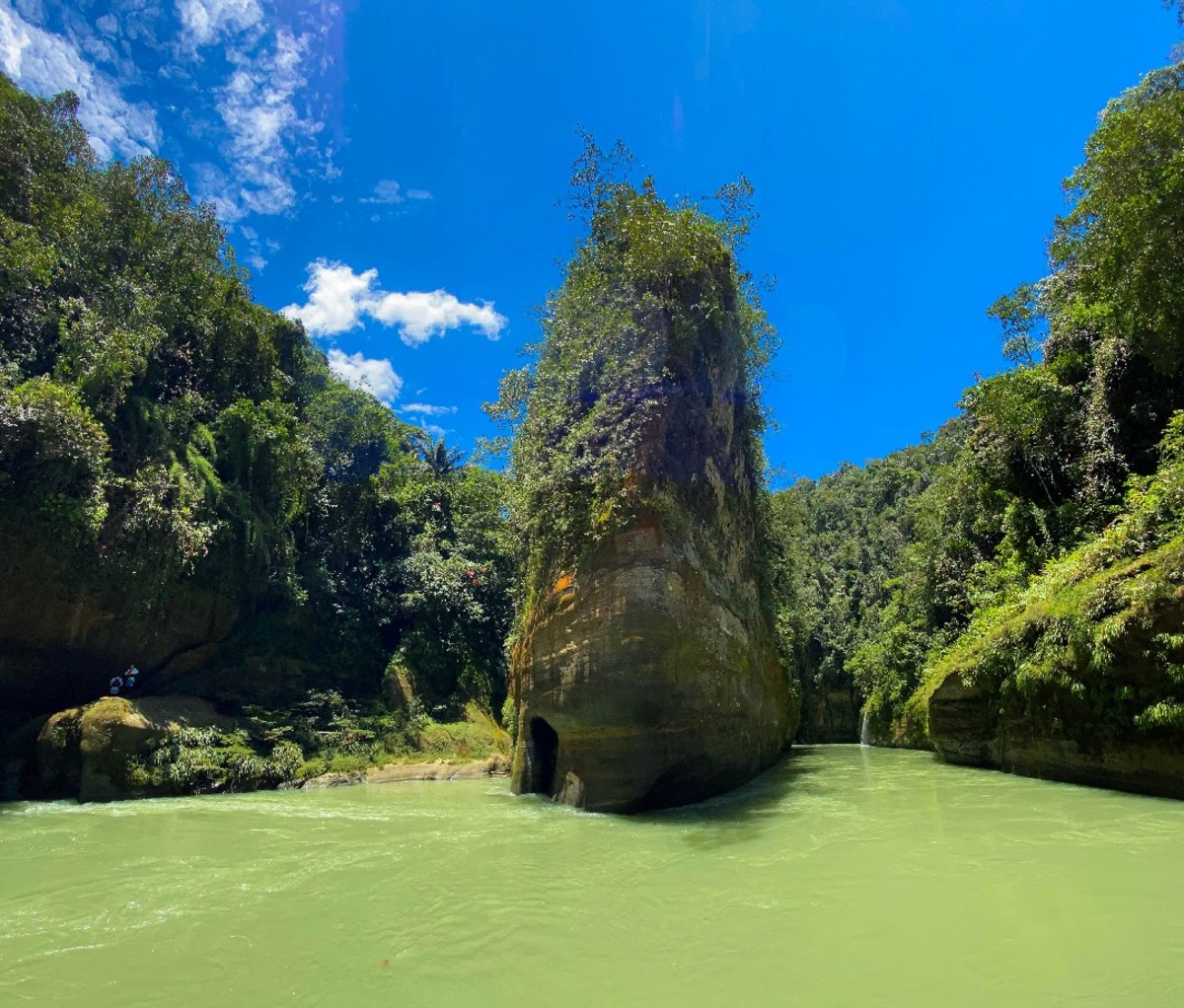
Guns to Oars
Until the Peace Accord, Colombia’s Mesetas Meta district—aka “the Meta”—was considered one of the most dangerous areas in the country. Its artery is the Güejar River, with giant rapids and flat swimmable sections swirling through a sultry jungle furnished with orchids, towering waterfalls, and brilliant parrots. The otherwise edenic spot was a hotbed of violence and the site of numerous bloody battles between FARC and the Colombian military, including one that killed 36 guerilla combatants and eight rebel leaders in a single day.
Former youth combatant Jhon Alexander Cachaya grew up fast and hard in the Meta. Now, working as a rafting guide on the remote Güejar, his life has changed for the better.
“I became a guerilla due to a militiaman who took advantage of my youth and peasant innocence,” says the confident 34-year-old. “He gave me his pistol, which made me feel like a man.”
Cachaya eagerly joined the man’s militia group—a Meta-based wing of FARC—and it turned out there was nothing good about it.
“There were days of continuous walking, confrontations, fighting, and more walking while loaded with consignments and weapons,” he recalls. “The average guerilla combat load is 70 pounds. That’s a lot when you’re climbing mountains, crossing rivers, and dropping into ravines.”
During one battle, Cachaya watched his commander get shot.
“We used a hammock to extract him from the middle of the firefight. I would say that was a very strong experience for me,” says the former youth combatant (one of an estimated 17,000 “child soldiers” in FARC at the time). He’d also work in the coca fields as a “raspachin”—scraping leaves from coca plants for the cocaine trade. It made for brutally long days, but it meant survival.
After the Peace Accord, Cachaya’s friend Turem started a rafting company on the Güejar River.
“He invited me to become part of a team of guides he was putting together,” says Cachaya. “I jumped at the chance. Not only am I now able to show people the beautiful things my area offers, I also know the history of the conflict that took place and I’m glad to share it.”
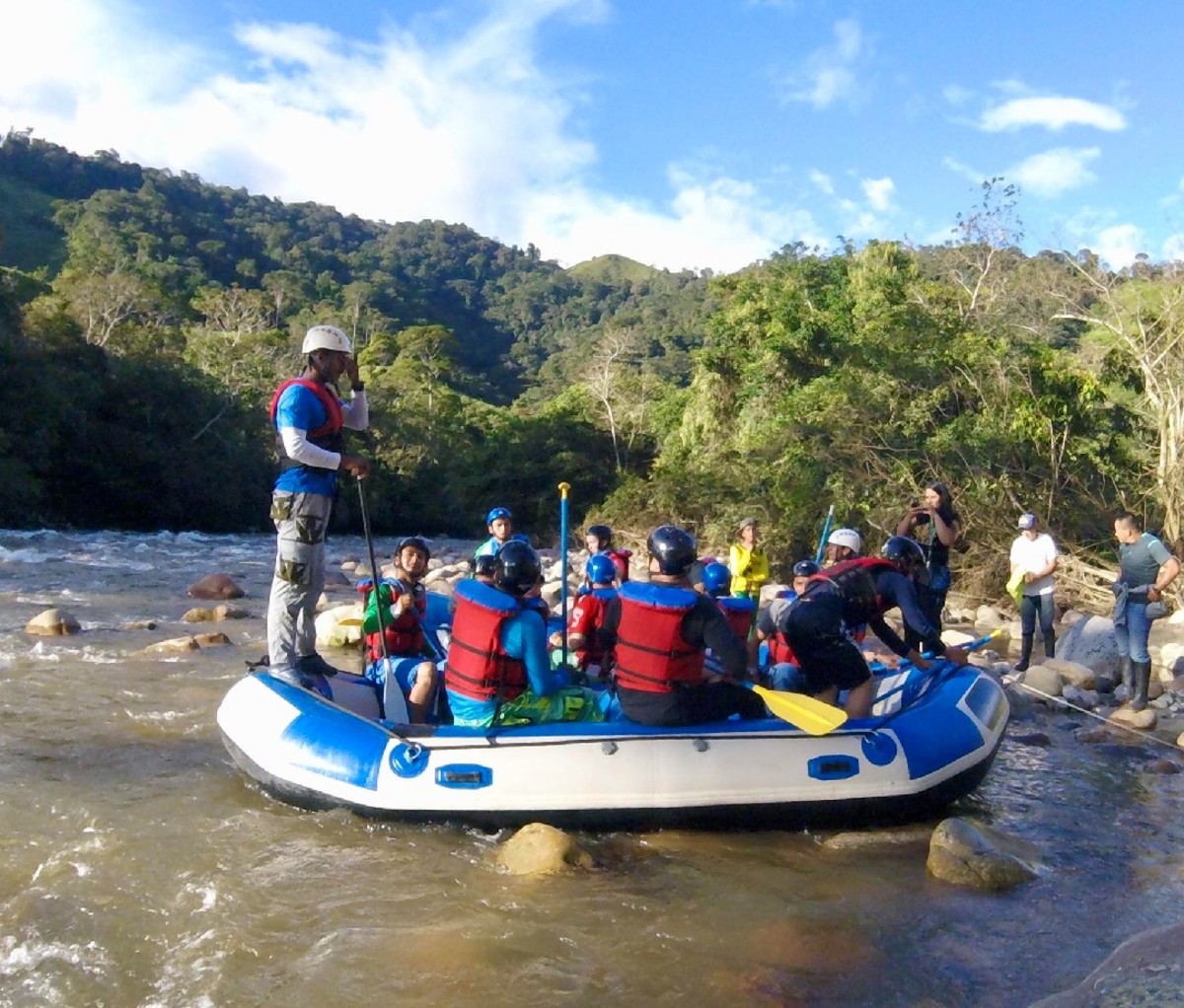
Southeast Colombia’s vast Caquetá region is experiencing similar pockets of metamorphosis. The former FARC stronghold blanketed in rainforest was infamous for being the site where presidential candidate Ingrid Betancourt was abducted in 2000 and held hostage until her release, six years later, for a rumored $20 million ransom.
Today, the area is a pin-up for Columbia’s Rafting for Peace program along the Pato River—home to five former FARC-EP guerrillas, based in the Miravalle relocation camp who’ve been re-trained as rafting guides by the co-founder of the International Rafting Federation, Rafael Gallo—a champion of river conservation.
The ex-combatants-turned-oarsmen—who’d go on to compete in the 2019 Australian World Rafting Championships—now run river tours out of their backyard. In years past, the lush, Switzerland-sized river basin here was another major battleground site between FARC and the Colombian government.
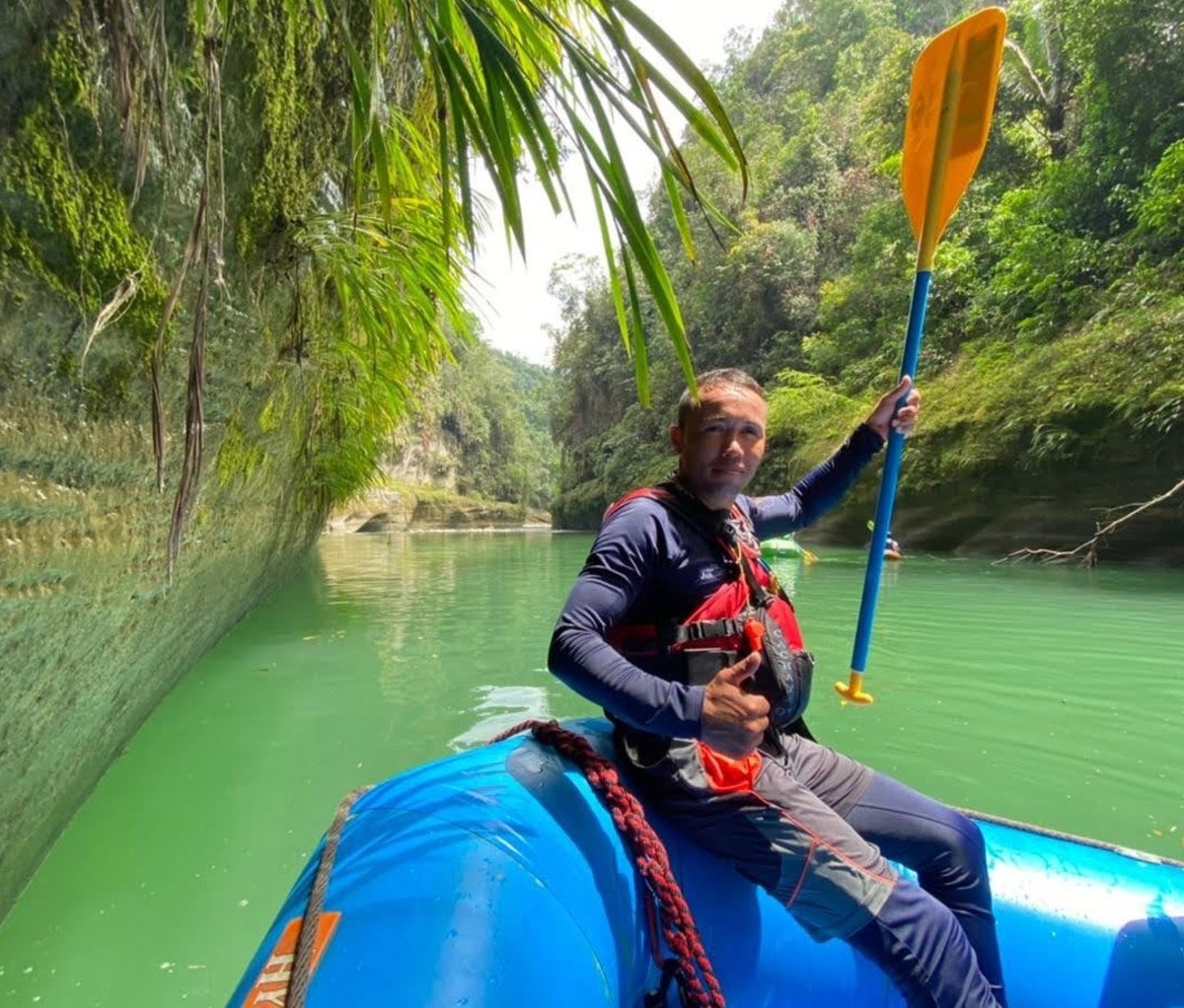
“At the time, we really believed we would make a change with our armed and political movement,” says Frellin Alberto Noreña, a Rafting for Peace guide, who was born into a local farm family and jailed at one point for political crimes. “The state’s repression is what brought the farmers to confront injustices, get armed and resist,” he says “Thanks to the peace process, I was able to get out of prison. I left the guns and took to oars.”
As a combatant, Noreña learned how to navigate the river and live in the wild. “The knowledge has helped me to guide a group,” he says. “But what really makes me a good guide is my love of nature.”
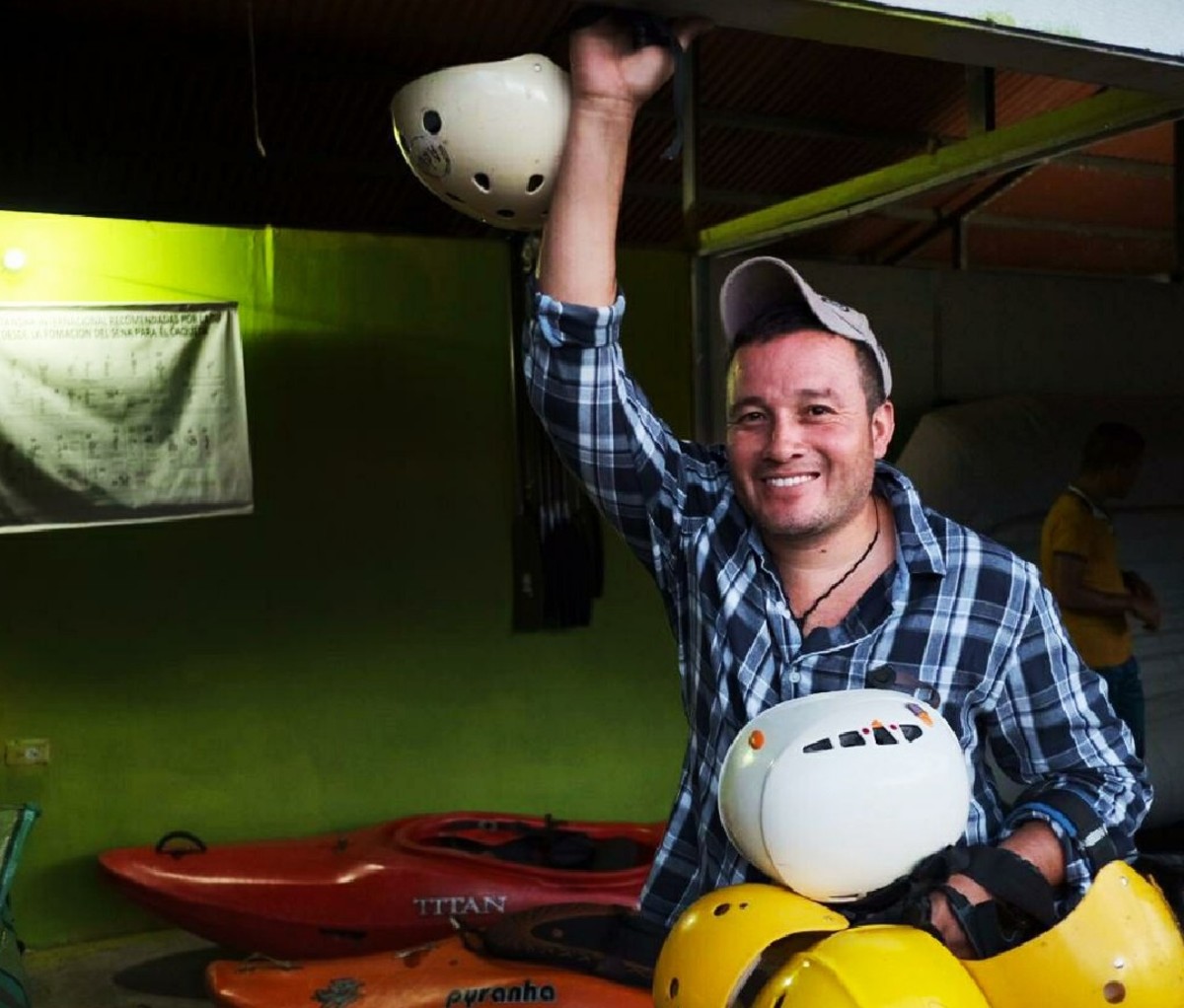
Shepherding tourists through some of the finest whitewater anywhere, he also leads hiking tours and hopes to put his rappelling skills to work on other adventures. The knowledge and perseverance he learned as a guerilla, he says, is something he’ll never lose—and “thankfully it can be applied to other fields.”
Back during the conflict, “FARC took care of the jungle and the rivers,” he adds. “Now, as a peaceful community, we’re working hand-in-hand to protect it—and to share it.”
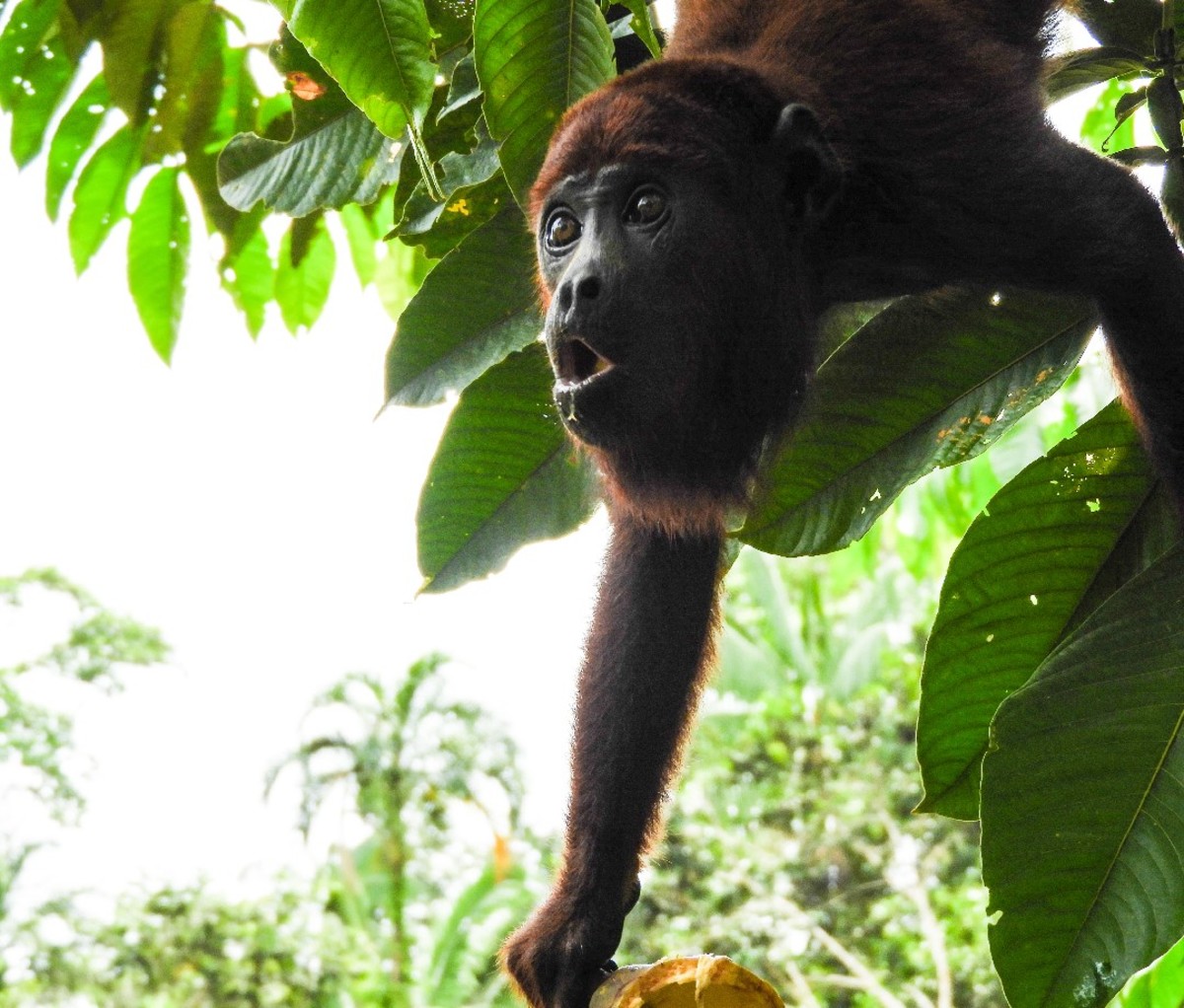
Grab a Guide: Where to Find Outfitters in Colombia’s Remote and Urban Areas
Colombian guides are world-renowned for their knowledge, friendliness, and professionalism. These reputable outfitters can help you travel like a local in both remote, natural settings and urban areas alike.
- Awake Travel: Award-winning custom tours across Colombia focus on sustainable tourism and exploring some of country’s most scenic natural zones, from remote coffee-growing regions to mountain, jungle, and coast.
- COLOMBIA Birding: Specializes in custom birdwatching tours to all corners of Colombia, and searching for species that have yet to be discovered. Calderón offers tours throughout Latin America and is the co-host of The Birders Show.
- GoExplore Colombia: This Medellin-based tourism company helps you travel like a local, with trekking, mountaineering, biking, and even flying tours—offering bird’s-eye views of Chiribiquete National Park deep inside the Amazon jungle.
- Impulse Travel: Impactful experiences connecting travelers with nature and locals. Their Heart Tours offer in-depth cultural experiences in formerly violent communities.
from Men's Journal https://ift.tt/Khc53HT




No comments:
Post a Comment